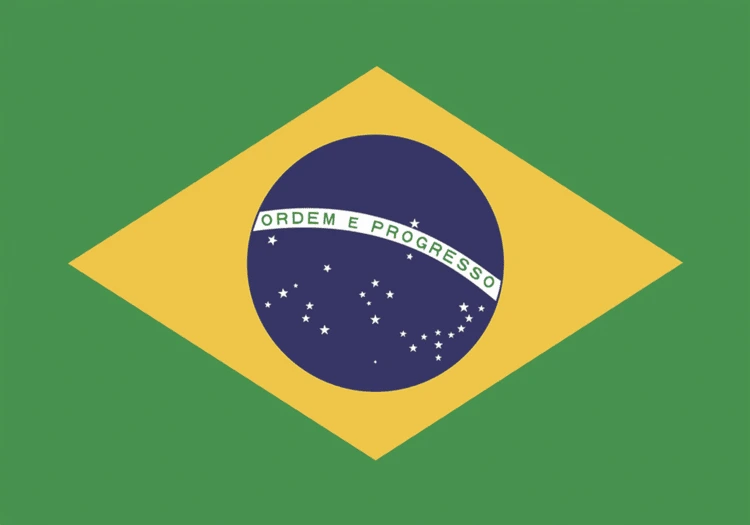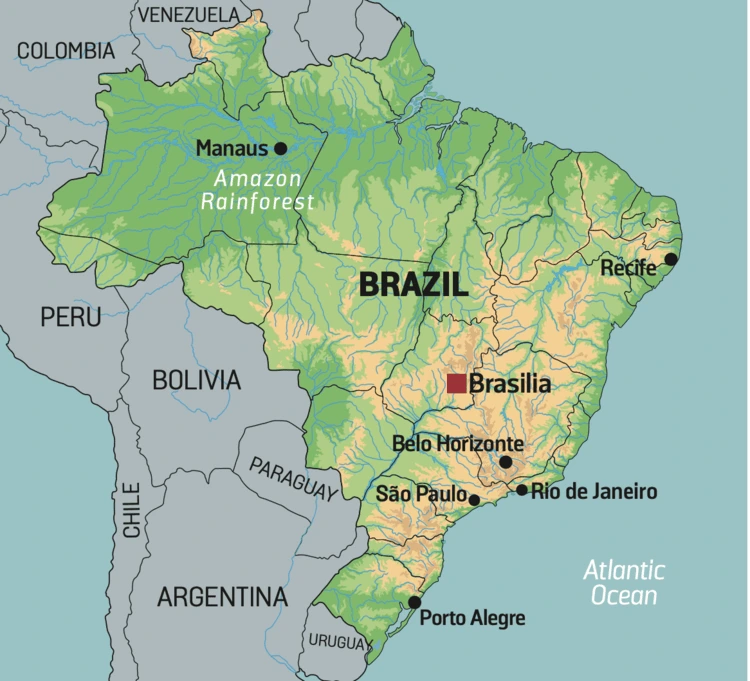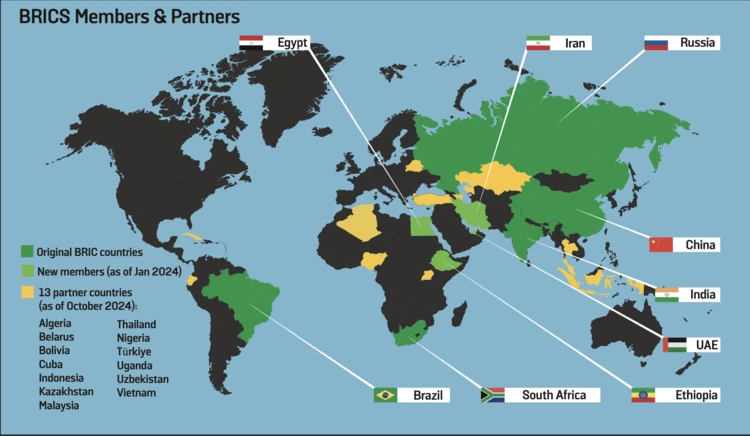
Discover Brazil’s vast history – from World Cup wins to political turmoil – along with a deep dive into its geography, economy and culture
By
Spanning a whole host of landscapes – from the Amazon rainforest, the bustling cities of Rio de Janeiro and São Paulo, to the iconic Copacabana beach, Brazil is home to more than 220 million people and a diverse range of cultures, traditions and ways of life.
In our latest country profile, discover more about Brazil and its fascinating past with our succinct timeline, and browse through the most important facts about the nation in our fact file…
Brazil fact file:

Area
8,515,770 square kilometres. Land: 8,358,140 sq km; sea 157,630 sq km. It is the fifth largest country in the world and the third in the Americas.
Population
220,051,512 – the fifth most populous on earth and accounting for a third of Latin America’s population.

Cities
São Paulo, population 22.620 million; Rio de Janeiro, 13.728 million, Belo Horizonte, 6.248 million, Brasilia, 4.873 million (capital), Recife 4.264 million , Porto Alegre 4.212 million.
Ethnic groups
According to the 2022 Brazilian census, 45.3% of the population described themselves as Pardo (meaning brown or mixed), 43.5% as White, 10.2% as Black, 0.6% as Indigenous and 0.4% as East Asian.
Regions
The country is divided into five regions: North, Northeast, Central-West, Southeast and South. The tropical North covers most of the Amazon rainforest. It amounts to more than two-fifths of the country’s territory but with the lowest population density (4.6 inhabitants/sq km) and a total population of 17,707,783. The Southeast is the most populated region with more than 88 million people (77.96 inhabitants/sq km).

Poverty
In 2022, 33% of the population were living below the poverty line, with 6.4% living in extreme poverty. 100 million people still lacked sanitation and easy access to water. Data from the Ministry of Social Development showed that 3 million families were lifted from poverty between March and September by the new government’s Bolsa Familia social support scheme. The programme assisted 21.4 million families in 2023.

Wealth distribution
The World Bank estimates that the richest one per cent of the population own half the country’s wealth.
Housing
At least 215,000 people are homeless, according to the Federal University of Minas Gerais. Brazil had 11,403 favelas (slum neighbourhoods in major cities), where around 16 million people (12% of Brazil’s population) lived in 6.6 million households.

Education
A UNICEF study showed that 2 million children and adolescents (10%) were not attending school in Brazil in 2023. The main reasons were child labour (48%) and learning difficulties (30%). Other factors included teenage pregnancy (14%) and racism (6%). Of children not attending school, 63% were Black.

Timeline
1500: The Portuguese land in the area and claim it for the Portuguese crown.
1538: The first cargo of African slaves arrive to work on sugar plantations.
Enjoying this article? Check out our related reads:
1822: The Son of the Portuguese king declares independence from Portugal. He is crowned Emperor Peter I one month later.
1888: Slavery is abolished.
1885: Large-scale European immigration begins, notably from Italy.
1889: The monarchy is overthrown, and a federal republic is established. The government is controlled by coffee interests. Brazil produces 65% of the world’s coffee by 1902.
1917: Brazil declares war on Germany.
1939-45: Brazil initially declares itself neutral but in 1943 joins Allies in World War II.
1958: Brazil wins its first football World Cup – it subsequently has won four more.

1964-1985: Military dictatorship is characterised by repression but also rapid economic growth.
1989: Fernando Collor de Mello becomes the first directly-elected president since 1960.
2002: Luiz Inacio Lula da Silva of the Worker’s Party wins presidential elections to head the first left-wing government for more than 40 years.
2010: Dilma Rousseff of the Worker’s Party becomes Brazil’s first female president.
2016 : Senators vote to remove Dilma Rousseff from office for illegally using money from state banks to bankroll public spending. Michel Temer is sworn in to serve the rest of her term.
2018: Lula is imprisoned for corruption. 2018: Jair Bolsonaro won the presidential election.

2020: President Bolsonaro causes controversy by refusing to support measures to halt the spread of the Covid-19 virus.
2023: Lula wins presidential election against Bolsonaro.




